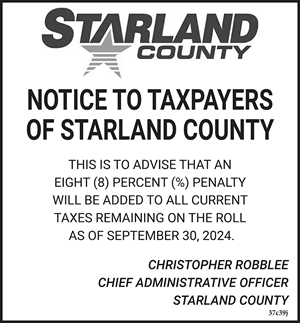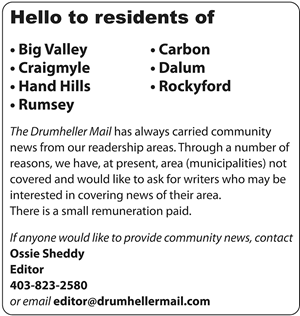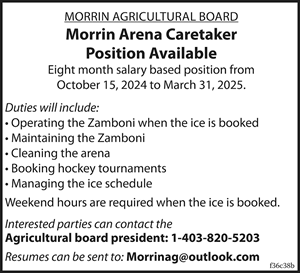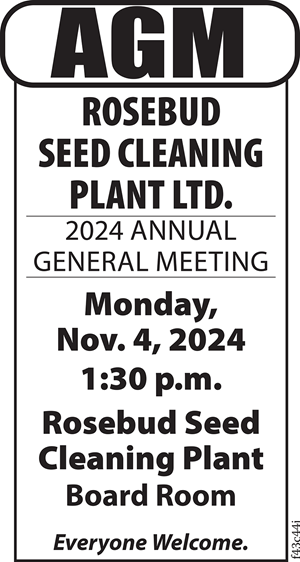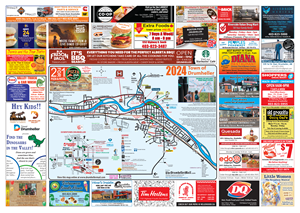
Twenty years ago work began on establishing the Royal Tyrrell Museum in a globally unknown town in the Alberta Badlands called Drumheller.
Although attracting 180,000 tourists annually, criticism was strong about whether a museum of such scale and calibre would survive, said the Tyrrell’s former curator of dinosaurs and a founding labourer, Philip J. Currie.
“There were a lot of people who thought there was no way it would work,” said Currie, who is now a professor at the University of Alberta in Edmonton. “They thought Drumheller was too small, that we’d never keep the staff there after they’d lived in Edmonton.
“But here we are 25 years later.”
Initially, work on the Tyrrell’s displays began five years before it opened, 1980, when staff from the Provincial Museum of Alberta (now the Royal Alberta Museum), began work in the industrial park of south Drumheller.
It was a tight squeeze, Currie said, with 32 technicians preparing dinosaurs in what was thought to be an impossible deadline.
“It was hard to go from almost nothing to a major program instantly, we did what was pretty much an impossible job in those five years.”
But the staff beat the unthinkable deadline to create without question the biggest palaeontologic museum in Canada, and among the best in the world.
Upon opening, staff were still painting walls and wiring lights as the first visitors walked through the doors to what would become one of the biggest tourist attractions for Alberta.
Right from day one, cars were parked as far as the railroad tracks nearly a kilometre away.
“It had really strained the resources of the town, but we pulled it off successfully. It showed that the Tyrrell could be done in Drumheller, and it greatly increased our reputation,” Currie reminisced.
The Tyrrell, then not yet honoured with the ‘Royal’ designation, hosted international conferences to stir buzz among scientists throughout the world and to build an identity.
When it opened, it had close to the same amount of specimens it does now, but few were original casts found in the Red Deer River valley due to the short time-line given to the dedicated staff. Many were made elsewhere and contracted to the Tyrrell.
Before opening, Drumheller had a reputation that saw close to 200,000 tourists pass through every year.
“It was a place waiting for a museum to open, even if we continued to see 180,000 people through, it would have survived. Now we have doubled and even almost tripled that.”
At history museums in New York, England, Argentina, and Ottawa, visitors would see Alberta dinosaurs on display, Currie said.
“If your a kid, you notice this and beg your parents to bring you there.”
Now it is one of the premier institutions in North America, and there is no question if you look at the visiting staff and listen to palaeontologists, it’s one of the leading museums, Currie said.
“The Tyrrell doesn’t yet compete with the Museum of Natural History in New York,” Currie pointed out, “but they’ve had 100 years on us and a bigger population to lean on.
“Nonetheless, the visitor numbers per capita were, and are, staggering.”
Currie said the mandate of the museum has changed somewhat since 1985.
The original proposal for the Tyrrell listed tourism sixth or seventh on the list of reasons to open.
They had no idea it would be such a massive tourist attraction.
Other things in the original mandate that were once priority are not gone, but just shifted to the bottom, with tourism ranking near the top, Currie said.
“And I can only see that its responsibilities will grow in the future. As long as the museum changes displays and keeps collecting specimens of interest around the world, it will always be one of the major museums in Canada.”
Currie sees expansion in the Tyrrell’s future.
There’s no doubt in his mind that the staff are feeling the squeeze, and that museum expansion is undoubtedly in the future.
“Things could be better - not that bigger is better, but a place that has quality and quantity. Both.”
The Red Deer River is the 'River of Time', it gives the world a glimpse of life at the very end of the Cretatious period. It features “exquisitely” preserved specimens and incredible diversity.
“The badlands is one of the most spectacular outdoor classrooms in the world as far as palaeontologists are concerned. There’s no doubt that it’s totally unique.”
Currie still spends time in the prep labs of the Tyrrell, a museum that he helped birth. He wishes that Drumheller will continue to be proud of what was given to the residents in 1985.
“The fact of the matter is that when you have something in your own backyard, you tend to ignore and feel it’s not all that special. But it is a very special place.”
“If you travel a lot and see what other museums do, you find that the Royal Tyrrell Museum is a truly unique facility and really is world class in just about every way.”











